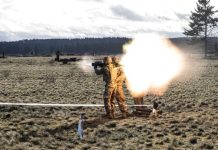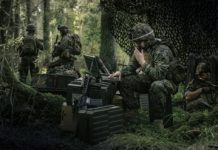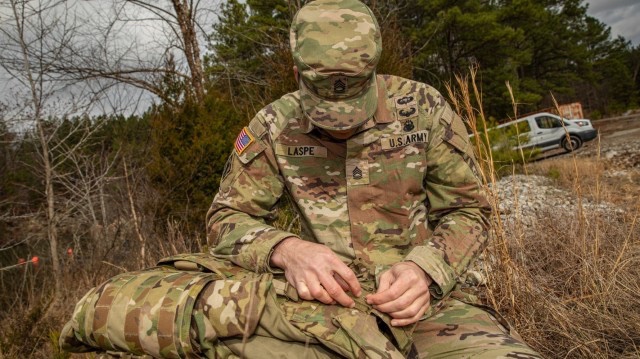
FORT PICKETT, Va. — While accomplishing the mission is among the top priorities in the U.S. Army, the importance of keeping Soldiers safe in the midst of dangerous situations cannot be understated.
According to research published in a 2007 peer-reviewed journal article in the Society of Federal Health Professional’s Military Medicine Journal, between 2003 and 2005, 3% of the Department of the Navy and Department of the Army causes of death during Operations Iraqi Freedom and Enduring Freedom were drowning.
U.S. Army Sgt. 1st Class Brandon Laspe, first sergeant of the 511th Engineer Dive Detachment, discovered a potential cause and solution to prevent some of these casualties.
Laspe was invited by U.S. Training and Doctrine Command to help photograph an Army Combat Water Survival Test at Joint Base Langley-Eustis, Virginia. During the test, two of the three Improved Outer Tactical Vests, or IOTV, used failed to properly quick-release, keeping the weight on the Soldier.
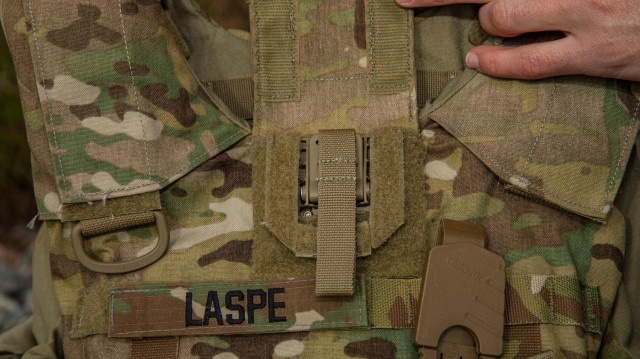
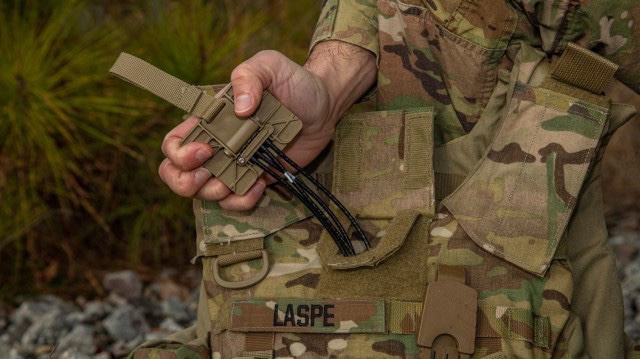
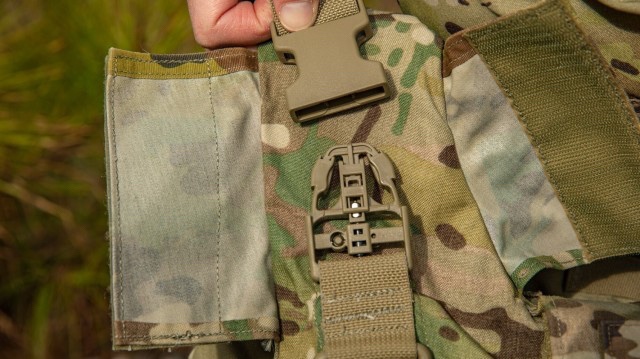
Normally, when the quick release tab is pulled, the four cables linked to the buckles disconnect, allowing the IOTV to fall apart in two pieces. When submerged in water, the hook and loop fastener may lose grip and the cables never release. Upon this discovery, Laspe realized this could contribute to the problem of Soldiers drowning. His team went to work expeditiously to fix the problem.
Through some trial and error, they discovered the most basic solution was proper training and use of the quick release. If the Soldier pulls the tab all the way down instead of away from the body, the quick release functions perfectly, even under the water.
“The problem is that when Soldiers are submerged under the water and are in a panic, pulling the tab away is the most natural motion,” explained Laspe. “We’re not setting the Soldiers up for success if the equipment is not robust, simple and they are not properly trained to use it.”
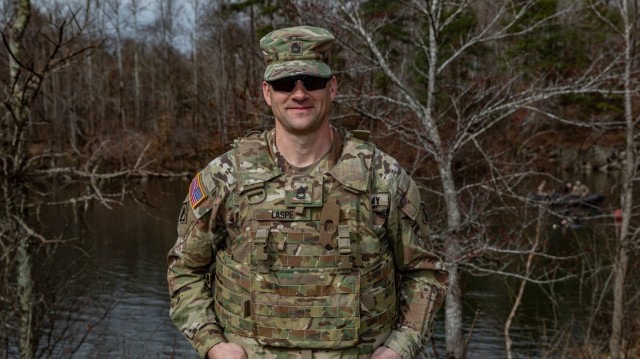
The first solution they were able to engineer was applying two safety pins to the sides of the quick release. This keeps the hook and loop fastener in place, preventing mechanism slippage, and allowing the tension needed to unhook the cables internally in the IOTV.
The ultimate solution, Laspe suggested, is to redesign the IOTV so there is sewn stitching along the seam of the fastener. Laspe, in conjunction with the XVIII Airborne Corps Dragon Innovation team is working with Program Executive Officer product managers and engineers through the Soldier Enhancement Program to initiate a change in the IOTV Gen IV quick release mechanism. The PEOs have piqued interest with this new innovation, meeting with Laspe March 2 to discuss the next steps.
When Soldiers identify shortcomings, it is the creative minds within the ranks that can find the solutions and develop innovative ways to push the U.S. Army forward. With a simple change to the IOTV, Sergeant 1st. Class Brandon Laspe discovered a simple way to keep our Soldiers safer on the battlefield.
By SGT Jameson Harris
You can skip to the end and leave a response. Pinging is currently not allowed.


